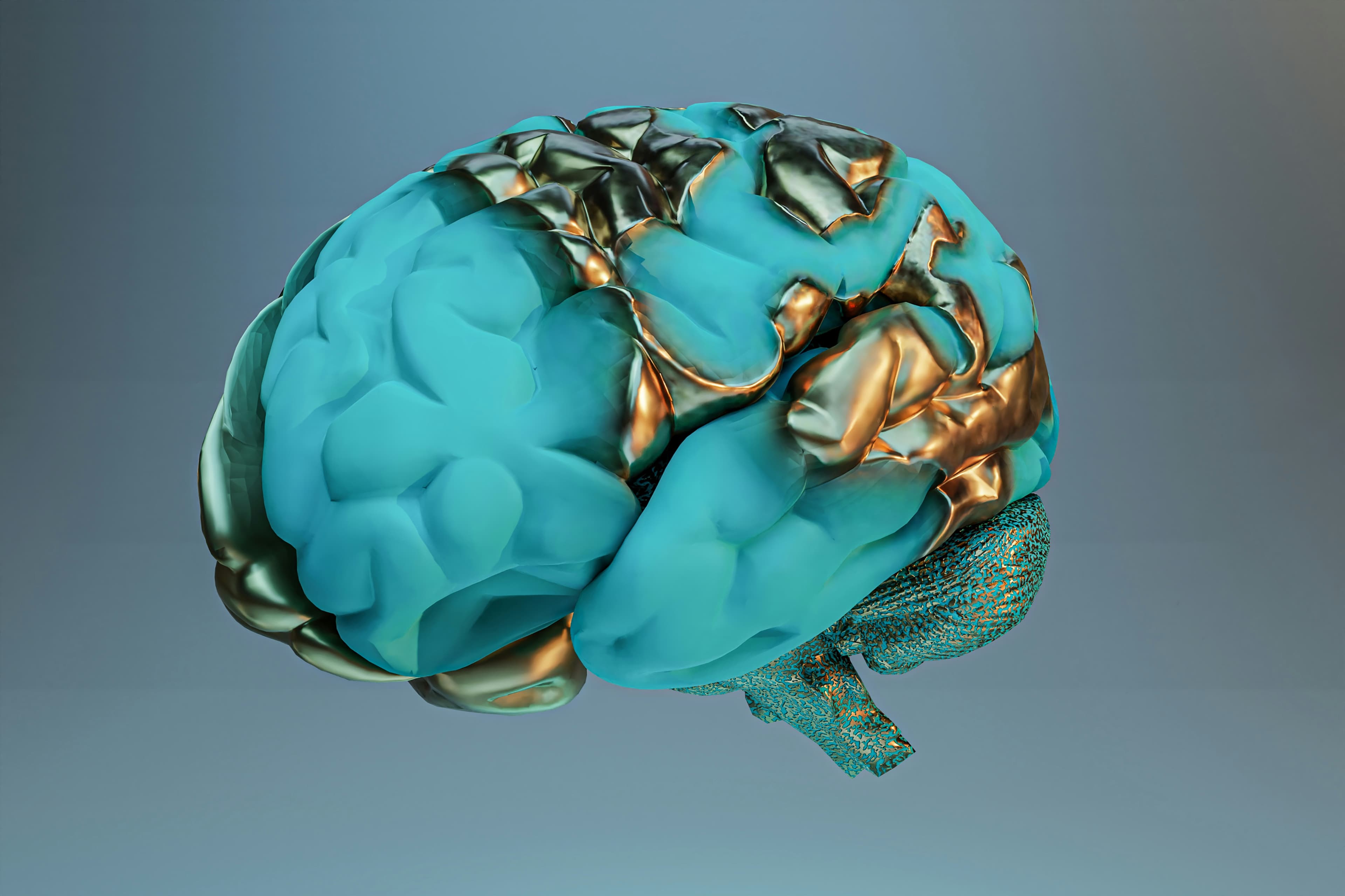
Predictive Policing in Practice: How AI Is Shaping Law Enforcement in U.S. Cities
AI-powered predictive policing tools are already influencing operational decisions in several U.S. cities. PredPol, one of the most widely known platforms, has been used by departments in Los Angeles, Atlanta, and Oakland to forecast where property crimes are most likely to occur. The software uses historical crime data to generate daily maps highlighting high-risk areas, allowing departments to allocate patrol officers more strategically. In Los Angeles, for instance, an internal review reported modest reductions in certain types of crime during periods of active use, including burglary and vehicle theft, although the methodology and long-term effectiveness have been topics of debate1.
Philadelphia piloted another platform, HunchLab, which layered crime data with socioeconomic indicators and environmental factors such as lighting and foot traffic. The goal was to create more nuanced risk assessments that take into account not just where crime has occurred, but why those locations might be vulnerable. Officers were briefed each shift with data-informed recommendations for patrol areas. Evaluations of the program showed improved response times and more targeted community engagement strategies, although the city eventually discontinued its use in favor of alternative approaches due to concerns about fairness and transparency2.
Efficiency Gains and Operational Benefits
From an operational standpoint, predictive policing tools offer measurable efficiencies. By narrowing patrol focus to high-probability zones, departments can make better use of limited personnel and budget. This is especially valuable in cities facing staffing shortages or growing service demands. Predictive systems enable shift commanders to plan patrol routes with greater precision and allow crime analysts to identify emerging patterns that might otherwise go unnoticed. These tools can also help with resource planning for special events, seasonal crime trends, or temporary surges in criminal activity3.
In addition to patrol optimization, predictive analytics can support more effective investigations. For example, Chicago’s Strategic Decision Support Centers integrate gunshot detection, surveillance feeds, and predictive models to identify potential retaliation zones after a shooting. This data-driven approach has helped reduce response times and focus interventions in gang-related violence. While not deterministic, these tools can serve as early warning systems that complement traditional law enforcement strategies4.
Concerns About Bias and Civil Rights
Despite these benefits, predictive policing raises serious concerns about algorithmic bias and civil liberties. Because models are trained on historical crime data, they may reflect and perpetuate existing disparities in law enforcement practices. For example, if certain neighborhoods have been over-policed in the past, predictive tools may identify those same areas as high risk, resulting in a feedback loop that reinforces unequal scrutiny. This dynamic is particularly troubling when models are used without sufficient oversight or public accountability5.
Privacy is another critical issue. Some systems incorporate data from social media, license plate readers, and other surveillance sources, raising questions about how personal information is collected, stored, and shared. Without clear policies on data governance, municipalities risk violating residents' rights and eroding public trust. Civil rights organizations have called for stronger safeguards, including independent audits, clear use policies, and public access to model documentation and impact studies6.
The Role of Human Oversight and Decision-Making
AI tools should support, not replace, human judgment. Predictive systems are only as useful as the decisions they inform. Officers and supervisors must be trained to interpret model outputs critically, understanding that risk scores are probabilistic, not deterministic. Some departments have implemented protocols that require human review before acting on algorithmic suggestions, ensuring that contextual factors and local knowledge are taken into account. This hybrid approach helps mitigate overreliance on technology and promotes ethical decision-making7.
Cross-disciplinary collaboration is also essential. Police departments benefit from working with data scientists, ethicists, and community stakeholders to evaluate the design and deployment of predictive systems. Regular reviews of model performance, accuracy, and unintended consequences can help identify areas for improvement. Several cities have established advisory boards or partnered with universities to provide independent oversight and policy guidance, a practice that can improve transparency and maintain community trust8.
Policy Recommendations for Municipal Leaders
City leaders should adopt a cautious but proactive approach to predictive policing. First, require departments to conduct equity impact assessments before deploying any AI-based tool. These assessments should evaluate whether the model disproportionately targets specific communities or demographic groups and propose strategies to mitigate harm. Second, adopt clear public policies on data use, retention, and sharing. Transparency about what data is used and how it informs decisions is critical to maintaining public trust9.
Third, invest in training for both frontline officers and command staff. Understanding how algorithms work—and where they can go wrong—will help law enforcement use these tools responsibly. Finally, build mechanisms for community input. Establishing advisory boards, holding public forums, and publishing regular audit reports can help ensure that predictive systems serve public safety without compromising civil rights. These steps are not just best practices; they are necessary guardrails in an increasingly data-driven field10.
Bibliography
Ferguson, Andrew G. The Rise of Big Data Policing: Surveillance, Race, and the Future of Law Enforcement. New York: NYU Press, 2017.
Brantingham, Jeffrey, and George Mohler. "Evaluating the Impact of Predictive Policing on Crime Reduction." Journal of the American Statistical Association 113, no. 520 (2018): 1394–1402.
Lum, Kristian, and William Isaac. "To Predict and Serve?" Significance Magazine 13, no. 5 (2016): 14–19.
Chicago Police Department. "Strategic Decision Support Center Evaluation Report." University of Chicago Crime Lab, 2019.
Richardson, Rashida, Jason Schultz, and Kate Crawford. "Dirty Data, Bad Predictions: How Civil Rights Violations Impact Police Data, Predictive Policing Systems, and Justice." New York University Law Review Online 94 (2019): 192–233.
American Civil Liberties Union. "The Dawn of Robot Surveillance: AI, Video Analytics, and Privacy." ACLU Report, 2019.
Garvie, Clare. "Garbage In, Garbage Out: How Law Enforcement Databases Undermine Accuracy in Predictive Policing." Georgetown Law Center on Privacy & Technology, 2018.
Selbst, Andrew D., and Solon Barocas. "The Intuitive Appeal of Explainable Machines." Fordham Law Review 87, no. 3 (2018): 1085–1139.
National Institute of Justice. "Predictive Policing: The Future of Law Enforcement?" U.S. Department of Justice, 2014.
Wexler, Chuck. "How Police Chiefs Are Leading the Conversation on AI and Policing." Police Executive Research Forum, 2021.
More from Artificial Intelligence
Explore related articles on similar topics





